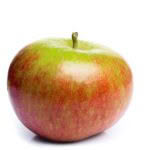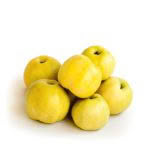4 types of apple that every orchard needs: Best apple varieties for cooking, eating, juicing, and storing through winter
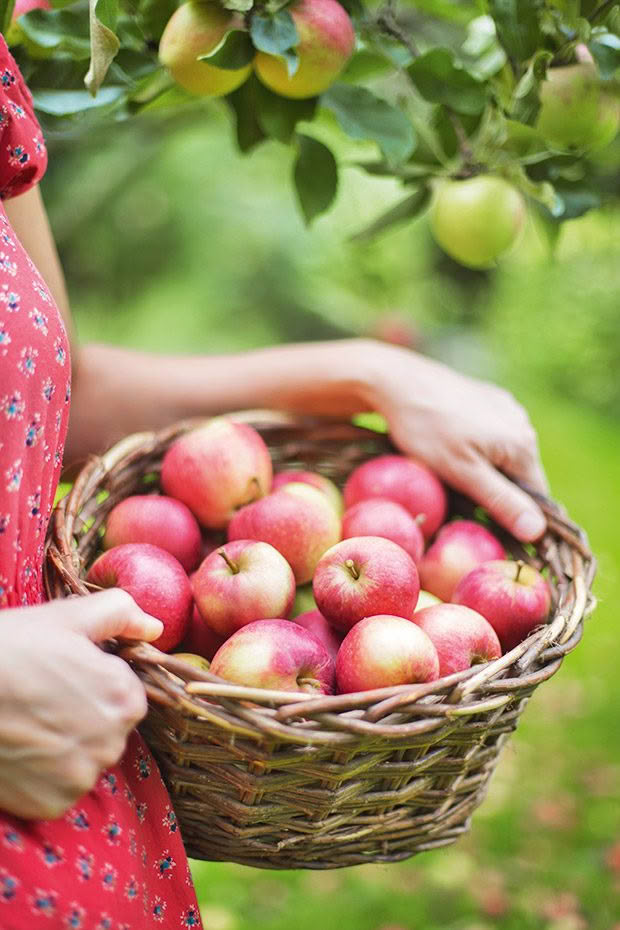
Plant the right trees and you can enjoy the amazing flavour of heritage apples for most of the year.
Words: Nadene Hall
1. Eating fresh
Ripe: January-March, depending on variety.
GOOD OPTIONS
Hetlina: disease-resistant tree, medium-sized, red skin, crisp flesh, antioxidant-rich.
Fiesta: streaky-red, crisp, juicy, sweet, also long-keeping.
Egremont Russet: sweet, nutty, thick-skinned.
Monty’s Surprise: highest antioxidants of all apples, huge fruit, also good for cooking, ripens unusually late (May).
2. Cooking/dessert
Ripe: March-May, depending on variety
GOOD OPTIONS
- Belle de Boskoop.
- Cox’s Orange Pippin.
- Antonovka.
Cox’s Orange Pippin: crisp, tart-sweet, nutty flavour, very aromatic, tree does better in warmer regions, long-keeping.
Antonovka: crisp, refreshing, juicy, beautiful golden skin.
Granny Smith: tart, crisp, juicy, suits most parts of NZ, stores well.
Belle de Boskoop: great sauce apple, tangy flavour, crisp, can be eaten fresh, long-keeping.
Reinette de Thorn: sweet, rich, juicy, beautiful perfume, long cropper, long-keeping.
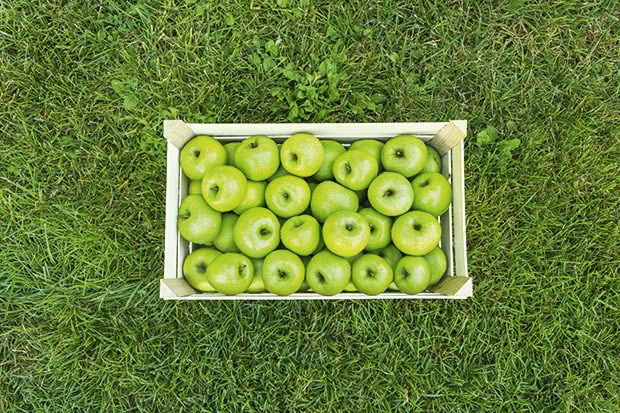
Granny Smith.
3. Juicing/cider
Ripe: March-May, depending on variety
GOOD OPTIONS
Kingston Black: traditional cider apple, small, crisp, acidic, fruity flavour.
Slack Ma Girdle: sweet fleshed, medium-sized cider apple, also good for jam.
Winter Banana: banana flavour, crisp, juicy, also good for eating and cooking.
4. Long-keeping
Ripe: April-May, depending on variety
GOOD OPTIONS
Northern Spy: crisp, juicy fruit, good for eating and cooking, very hardy tree in marginal conditions, eg wet, heavy soil.
Calville Blanc d’Hiver: very late dessert apple, sweet-spicy flesh, high in vitamin C, great for cooking, cider.
3 TIPS FOR GROWING A GREAT HOME APPLE ORCHARD
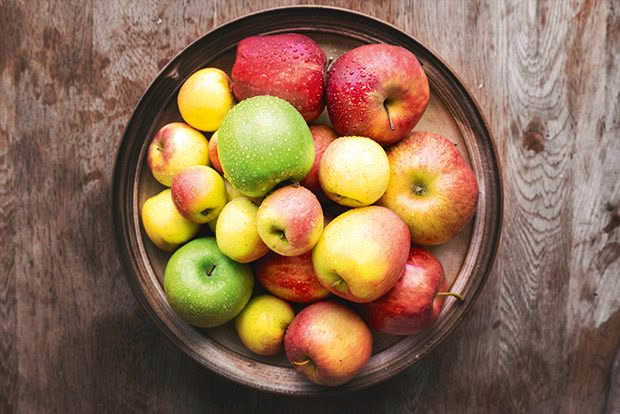
1. Choose heritage varieties: there are more options to suit every climate, trees are more disease-resistant, and do better under organic conditions than modern varieties.
2. If your orchard space is limited, look for multipurpose varieties, eg fresh eaters/long-keeping.
3. Get the right rootstock. Apple trees are grafted onto a range of rootstocks, with different attributes, eg some do better in clay soil, some restrict the height, some produce better branching etc. Get advice from your nursery on the best option. Check if trees need to partner with a different variety to ensure good pollination.
MORE HERE:
Love this story? Subscribe now!
 This article first appeared in NZ Lifestyle Block Magazine.
This article first appeared in NZ Lifestyle Block Magazine.

